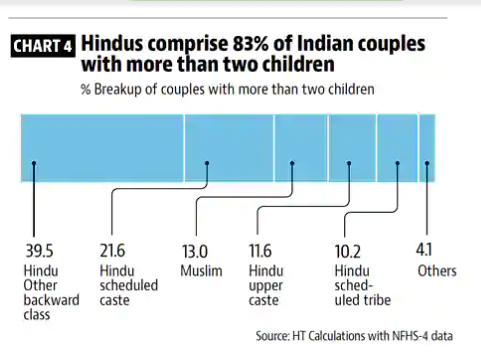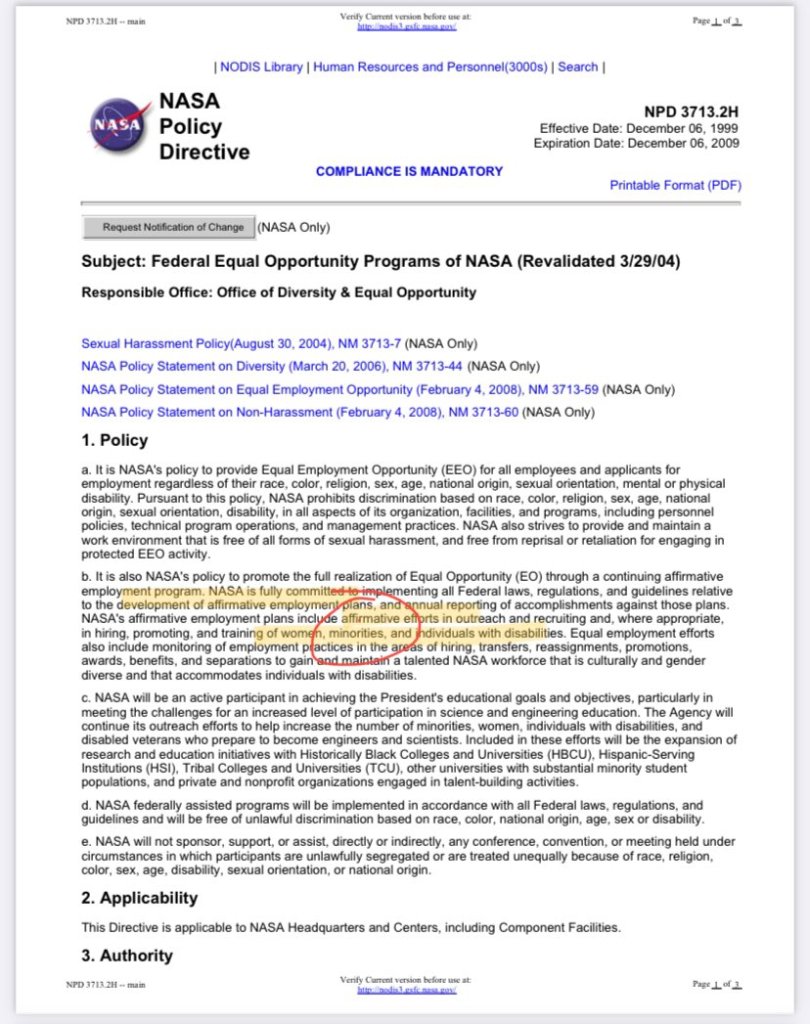Review:
The Last Graduate, by Naomi Novik
| Series: |
The Scholomance #2 |
| Publisher: |
Del Rey |
| Copyright: |
2021 |
| ISBN: |
0-593-12887-7 |
| Format: |
Kindle |
| Pages: |
388 |
This is a direct sequel to
A Deadly
Education, by which I mean it starts in the same minute at which
A
Deadly Education ends (and let me say how grateful I am for a sequel that
doesn't drop days, months, or years between books). You do not want to
read this series out of order.
This book is also very difficult to review without spoiling either it or
the previous book, so please bear with me if I'm elliptical in my ravings.
Because
The Last Graduate is so good.
So good, not only as
a piece of writing, but as a combination of two of my favorite tropes in
fiction, one of which I can't talk about because of spoilers. I adored
this book in a way that is not entirely rational.
I will attempt a review below anyway, but if you liked the first book,
just stop reading here and go read the second one. It's more of
everything I loved in the first book except even better, it did some
things I was expecting and some things I didn't expect at all, and it's
just so ridiculously good. Just be aware that it has another final-line
cliffhanger. The third book is coming in (hopefully) 2022.
Novik handles the cliffhanger at the end of the previous book beautifully,
which is worth noting because there were so many ways in which it could
have gone poorly. One of the best things about this series is Novik's
skill at writing El's relationship with her mother, even though her mother
has not appeared in the series so far. El argues with her mother's voice
in her head, tells stories about her, wonders what her mother would think
of her classmates (or in some cases knows exactly what her mother would
think of her classmates), and sometimes makes the explicit decision to not
be her mother. The relationship has the sort of messy complexity, shared
history, and underlying respect that many people experience in life but
that I've rarely seen portrayed this well in a fantasy novel.
Novik's presentation of that relationship works because El's voice is so
strong. Within fifteen minutes of starting
The Last Graduate, I
was already muttering "I love this book" to myself, mostly because of how
much I enjoy El's sarcastic, self-deprecating internal commentary. Novik
strikes a balance between self-awareness, snark, humor, and real character
growth that rivals
Murderbot in its
effectiveness of first-person perspective. It carries the story over a
few weak points, such as a romance that didn't do much for me. Even when
I didn't care about part of the plot, I cared about El's opinion of the
plot and what it said about El's growing understanding of how to navigate
the world.
A Deadly Education was scene and character establishment. El
insisted on being herself and following her own morals and social rules,
and through that found some allies.
The Last Graduate gives El
enough breathing space to make more nuanced decisions. This is the part
of growing up where one realizes the limitations of one's knee-jerk
reactions and innate moral judgment. It's also when it becomes hard to
trust success that is entirely outside of one's previous experience. El
was not a kid who had friends, so she doesn't know what to do with them
now that she has them. She's barely able to convince herself that they
are friends.
This is one of the two fictional tropes I mentioned, the one that I can
talk about (at least briefly) without major spoilers. I have such a soft
spot for stubborn, sarcastic, principled characters who refuse to play by
the social rules that they think are required to make friends and who then
find friends who like them for themselves. The moment when they start
realizing this has happened and have no idea how to deal with it or how to
be a person who has friends is one I will happily read over and over
again. I enjoyed this book from the beginning, but there were two points
when it grabbed my heart and I was all in. The first one is a huge
spoiler that I can't talk about. The second was this paragraph:
[She] came round to me and put her arm around my waist and said under
her breath, "Hey, she can be taught," with a tease in her voice that
wobbled a little, and when I looked at her, her eyes were bright and
wet, and I put my arm around her shoulders and hugged her.
You'll know it when you get there.
The Last Graduate also gives the characters other than El and Orion
more room, which is part of how it handles the chosen one trope. It's
been obvious since early in the first book that Orion is a sort of chosen
one, and it becomes obvious to the reader that El may be as well. But
Novik doesn't let the plot focus only on them; instead, she uses that
trope to look at how alliances and collective action happen, and how no
one can carry the weight by themselves. As El learns more and gains
power, she also becomes less central to the plot resolution and has to
learn how to be less self-reliant. This is not a book where one character
is trained to save the world. It's a book where she manages to enlist the
support of a kick-ass project manager and becomes part of a team.
Middle books of a trilogy are notoriously challenging. Often they're
travel books: the first book sets up a problem, the second book moves the
characters both physically and emotionally into a position to solve the
problem, and the third book is the payoff. Travel books often sag. They
can feel obligatory but somewhat boring, like a chore on the way to the
third-book climax.
The Last Graduate is not a travel book; it is,
instead, a pivot book, which is my favorite form of trilogy. It's a book
that rewrites the problem the first book set up, both resolving it and
expanding the scope beyond what the reader had expected. This is
immensely satisfying when done well, and Novik does it extremely well.
This is not a flawless book. There are some pacing hiccups, there is a
romance angle that didn't work for me (although it does arrive at some
character insights that I thought were spot on), and although I think
Novik is doing something interesting with the trope, there is a lot of
chosen one power escalation happening here. It's not the sort of book
that I can claim is perfectly written. Instead, it's the sort of book
that uses some of my favorite plot elements and emotional beats in such an
effective way and with such a memorable character that I do not have it in
me to care about any of the flaws. Your mileage may therefore vary, but I
would be happy to read books like this until the end of time.
As mentioned above,
The Last Graduate ends on another cliffhanger.
This time I was worried that Novik might have ended the series there,
since there's enough of an internal climax that I could imagine some
literary fiction (which often seems allergic to endings) would have
stopped here. Thankfully, Novik's web site says this is not the case.
The next year is going to be a difficult wait.
The third book of this series is going to be incredibly difficult to
write, and I hope Novik is up to the challenge she's made for herself.
But she handled the transition between the first and second book so well,
and this book is so good that I have a lot of hope. If the third book is
half as good as I'm hoping, this is going to be one of my favorite fantasy
series of all time.
Followed by an as-yet-untitled third book.
Rating: 10 out of 10








 No one starts having it all figured out. A king is born in a day, but a king is not nutured in a day. We all have something we struggle with, it's just different all across. And because their current struggle isn't my current struggle and mine not theirs doesn't make them immuned to the system. Most times all that gleaming in thier knowledge is a collective thing and you only notice when you take a closer look; that there are more heads to the knowledge and brilliance than you think. We mostly see what people know and seldom see what they don't know. If it was the other way around, we'll see how ridiculous the things these highly esteemed people don't know are. What matters most is that they keep making it through their struggles.
No man is an island! The sooner we realize this the better. We can always take those things we struggle with to others and work collectively on them, learn from a lot other experiences and gleam collectively. It's like a tug of war. When what is on the other end is more than we can pull off, we invite many more hands to pull it off.
No one starts having it all figured out. A king is born in a day, but a king is not nutured in a day. We all have something we struggle with, it's just different all across. And because their current struggle isn't my current struggle and mine not theirs doesn't make them immuned to the system. Most times all that gleaming in thier knowledge is a collective thing and you only notice when you take a closer look; that there are more heads to the knowledge and brilliance than you think. We mostly see what people know and seldom see what they don't know. If it was the other way around, we'll see how ridiculous the things these highly esteemed people don't know are. What matters most is that they keep making it through their struggles.
No man is an island! The sooner we realize this the better. We can always take those things we struggle with to others and work collectively on them, learn from a lot other experiences and gleam collectively. It's like a tug of war. When what is on the other end is more than we can pull off, we invite many more hands to pull it off.
 For some months now I ve been working on some patches to
For some months now I ve been working on some patches to

 So today is the day when a new Debian release comes out!
Congratulations to everybody, and thanks a lot mainly to the Release
Team. Lots of very hard work was put into making Debian 11 Bullseye
a reality!
My very personal way to celebrate this was to do a somewhat different
Debian install at home. Why different? Well, I have quite a bit of
old, older and frankly elderly laptops at home. And as many of you
know, I have done more than
So today is the day when a new Debian release comes out!
Congratulations to everybody, and thanks a lot mainly to the Release
Team. Lots of very hard work was put into making Debian 11 Bullseye
a reality!
My very personal way to celebrate this was to do a somewhat different
Debian install at home. Why different? Well, I have quite a bit of
old, older and frankly elderly laptops at home. And as many of you
know, I have done more than 
 Running a playbook in a remote chroot or container is not supported by Ansible, but I have invented a good workaround to do it anyway.
The first step is to install
Running a playbook in a remote chroot or container is not supported by Ansible, but I have invented a good workaround to do it anyway.
The first step is to install 
 Hindus comprise 83% of Indian couples with more than two child children
Hindus comprise 83% of Indian couples with more than two child children If one wants to, one can read a bit more about the Uttar Pradesh Population bill
If one wants to, one can read a bit more about the Uttar Pradesh Population bill 



 The Python programming language is one of the most popular and in huge demand. It is free, has a large community, is intended for the development of projects of varying complexity, is easy to learn, and opens up great opportunities for programmers. To work comfortably with it, you need special Python tools, which are able to simplify your work. We have selected the best Python tools that will be relevant in 2021.
The Python programming language is one of the most popular and in huge demand. It is free, has a large community, is intended for the development of projects of varying complexity, is easy to learn, and opens up great opportunities for programmers. To work comfortably with it, you need special Python tools, which are able to simplify your work. We have selected the best Python tools that will be relevant in 2021. I
I 


 Pappu Yadav, President Jan Adhikar Party, Bihar May 11, 2021
Pappu Yadav, President Jan Adhikar Party, Bihar May 11, 2021





 I have uploaded most of my Machine Learning lecture to YouTube.
The slides are in English, but the audio is in German.
Some very basic contents (e.g., a demo of standard k-means clustering) were left out from this advanced class,
and instead only a link to recordings from an earlier class were given. In this class, I wanted to focus
on the improved (accelerated) algorithms instead. These are not included here (yet).
I believe there are some contents covered in this class you will find nowhere else (yet).
The first unit is pretty long (I did not split it further yet). The later units are shorter recordings.
ML F1: Principles in Machine Learning
I have uploaded most of my Machine Learning lecture to YouTube.
The slides are in English, but the audio is in German.
Some very basic contents (e.g., a demo of standard k-means clustering) were left out from this advanced class,
and instead only a link to recordings from an earlier class were given. In this class, I wanted to focus
on the improved (accelerated) algorithms instead. These are not included here (yet).
I believe there are some contents covered in this class you will find nowhere else (yet).
The first unit is pretty long (I did not split it further yet). The later units are shorter recordings.
ML F1: Principles in Machine Learning